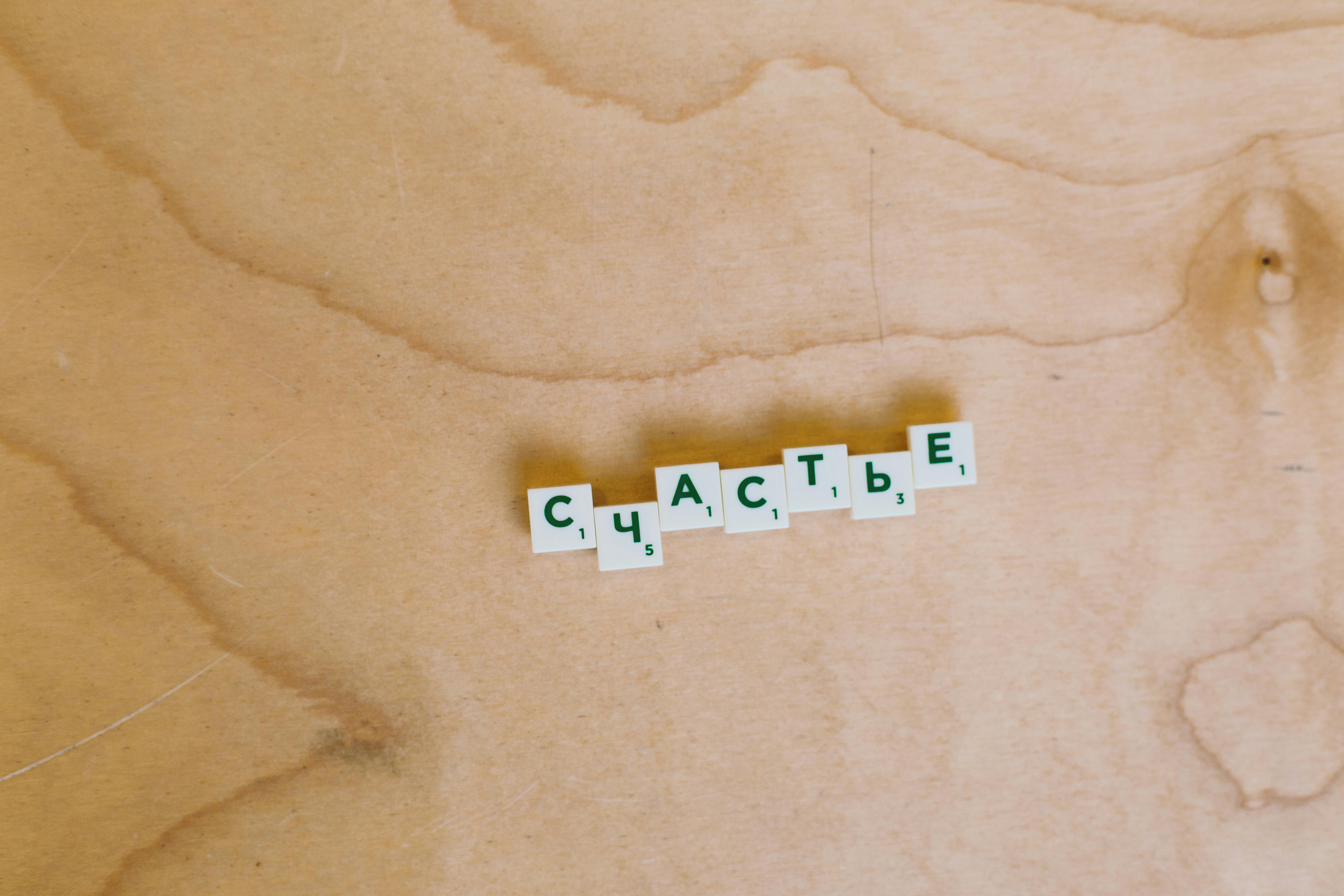Often used as a common symbol in poetry, swans are frequently associated with idealized nature. However, the greatness of these creatures has also been used as a tool of deception in various literary works.
In biology, the swan is described as the largest member of the duck family and is among the largest flying birds. The swan is also known for its loyalty because it only has one partner in its life, although there are times when a swan may leave a partner for reasons related to reproduction. In physical appearance, the male and female are similar in plumage, but the male is generally larger and heavier than the female.
Among all the different species of swans, white in plumage is the most common, if not the most famous. In literature, particularly poetry, it is its color that causes it to be associated with Aphrodite, the goddess of beauty. Furthermore, her whiteness is also symbolically linked to nudity and chastity: nudity because of her absolute whiteness, and chastity because of the association of whiteness with cleanliness. But beyond its physical appearance, the melancholic tendency of the swan is also worth noting, since this feathered creature is also known for its ability to sing sweetly before dying. This is the reason why it is also associated with Apollo, who is the god of music. Aside from these mythical links, the shape and form of the creature also reveals another contrast in terms of its symbol. Its movement and its long phallic neck is certainly masculine but its round and silky body makes it feminine. Because of these counterpoints, this magnificent bird has also become a favorite archetypal figure employed by many poets, including William Butler Yeats.
William Butler Yeats was an Irish poet and playwright who is considered one of the most prominent figures in 20th-century literature. He is best known for his highly artistic poems that earned him the Nobel Prize for Literature in 1920. In his many collections of poems, this aspiring critic has always been drawn to his two poems: The Wild Swans at Coole and Leda and The swan. An interesting feature of these two poems is that they have a common image: the swan. However, despite this, the poems differ in presenting the symbol of the image. The two poems revealed the conflicting symbolism of the swan as the archetypal image.
1. The body of the swan as an icon of sweetness and brutality
In the poem The Wild Swans at Coole, the sweetness of the swan goes with Yeat’s description of the setting that is Augusta Gregory’s Coole Park. The beauty of the landscape and the stillness of the lake extend to the image of the swan with all 59 being there. Although not directly stated, the stillness of the lake is suggested by its “reflection” of the sky which would be impossible if the sky were disturbed. Water. The sweetness of the swan was caused by the transfer of emotions that the character has when he is overwhelmed by the serenity of the surroundings. In contrast to that, the poem Leda and the Swan presents the Swan as a brutal creature. It tells how the swan tried to dominate a woman in the person of Leda. This part presents the mythological story of how Leda, the wife of Tyndareus and queen of Sparta, was “raped” by a swan. The brutality of the swan was done by association. In that poem, it wasn’t really the swan that had raped Leda; rather, it was Zeus himself. The swan has been taken as a disguise by Zeus. Taking advantage of the sweetness of the swan, he was able to approach Leda.
2. The nature of the swan as an icon of love and lust
The swan also carries the counterpoints of love and lust. Basically, because of its whiteness, the swan can be taken as an icon of truth that is a key element in the concept of love. But, beyond its physical attribute, the swan is presented as an image of loyalty when Yeats writes in The Wild Swans at Coole that swans come to the lake in pairs as indicated by the line: “lover by lover, they row on the lake “. cold.” Furthermore, this argument can be supported by the fact that a swan only has one mate for life.
Rather, the swan in Leda and the swan becomes an image of lust in which her placid appearance betrays her horrible motive towards Leda. Zeus, by taking the image of the swan, has consumed its ardor in Leda. Thus Yeats writes, “How can those terrified and lazy fingers thrust / The feathered glory of her loose thighs?”
3. The wings of the swan as objects of harmony and violence
The contrasting concept of sublimity and violence is also reflected in Yeats’s poems. In The Wild Swans on Coole, the swan’s wings connote harmony as indicated by the line “The bell-beat of her wings over my head…” This line ignites auditory imagery in which the mind recreates the sensory experience of listening. the rhythmic sound. bell sound. In this case, the rhythm of the flapping wings denotes harmony and unity. In contrast to that, the swan’s wings are projected as the object of violence. This was suggested by the lines “A sudden blow: the great wings flapping still / Over the staggering girl, her thighs caressed…” Again, through aural imagery, the impact of the word “blow” suggests a brute force that It’s your violence. Also, the adjective “big” gives the background of an overwhelming force needed to suppress another entity. From this, the visual images are turned on creating the mental image of the swan (Zeus) trying to dominate Leda.
4. Swan legs as objects of service and servitude
The difference between service and servitude is that in service one works for another while in servitude one wants others to work for him. These two contrasting concepts were implicit in the two poems through the image of the swan’s feet. In The Wild Swans at Coole, the swan’s feet act as tools for service. The swan solidifies its bond with its mate as they explore the lake. In doing so, their feet, which are used for mobility, become the tools that help foster the swans’ closer attachment. This was highlighted by the line “They row in the cold / Ordinary escorts or climb through the air; / Their hearts have not grown old; / Passion or conquest, they roam where they please…”
As for servitude, Leda and the Swan portrays the swan’s feet as a tool to impose one’s will on another person. In this poem, the swan’s feet, being webbed, are described as “dark” and with them are “lazy fingers” which, with the help of the “great” wings, were used to subdue the protesting and staggering Leda. Zeus, through the use of the swan’s feet, succeeded in imposing his lustful will on the helpless Leda.
In conclusion, through these salient points, the counterpoints to the archetypal image of the swan in Yeat’s two poems, The Wild Swans at Coole and Leda and the Swan, were established. But still, there is a question that seems to persist as one gets into the essence of the poems. Although Yeats presents that the swans on the lake come in pairs, why did he count only 59 as revealed in the line “Over the overflowing water between the stones / There are fifty-nine swans”? By this, this would-be critic suggests that the other, the 60, has gone astray since it was used by Zeus as his disguise to consume his malicious motive towards Leda.


